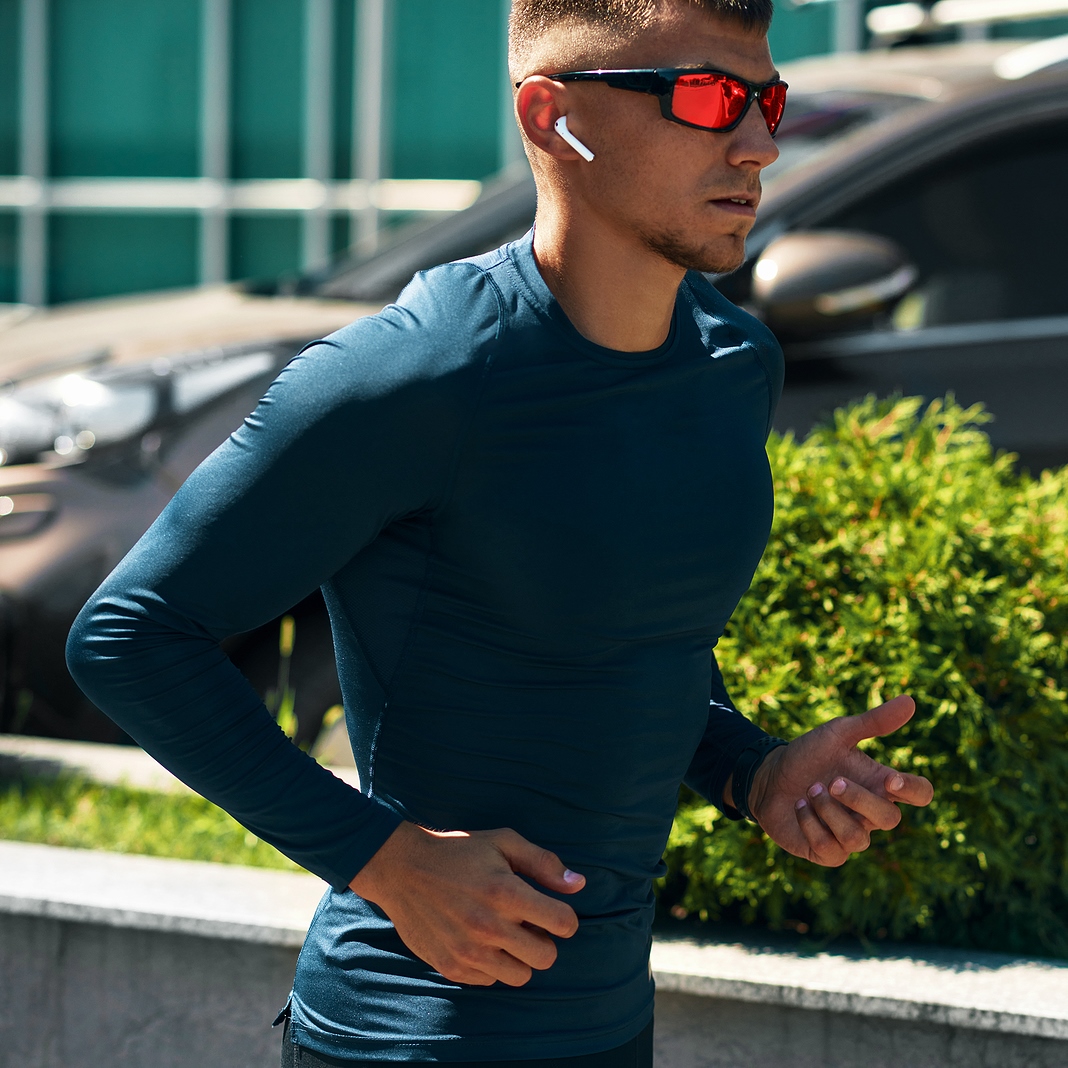Sports eyewear has come a long way from the basic protective goggles of the past. Modern designs now offer a blend of style and functionality, ensuring that athletes can perform at their best while looking great. This evolution has been driven by advancements in technology, a deeper understanding of athletes' needs, and a growing awareness of the importance of eye protection. Let's dive into the key aspects that define today's sports eyewear.
Advancements in Lens Technology
The heart of any great pair of sports eyewear is its lenses. Modern lenses are designed to provide maximum clarity, reduce glare, and protect against harmful UV rays. Polarized lenses, for example, have become popular among athletes who perform in bright conditions, as they significantly reduce glare from reflective surfaces like water and snow. This technology not only enhances vision but also reduces eye strain, allowing athletes to maintain focus for longer periods.
Impact Resistance and Durability
Athletes demand eyewear that can withstand the rigors of their sports. Early designs often fell short in terms of durability, but today's options are crafted from advanced materials like polycarbonate and Trivex, which are both lightweight and incredibly strong. These materials provide high-impact resistance, ensuring that the eyewear can handle accidental drops and collisions without breaking or cracking.
Ergonomic Design for Comfort
Comfort is crucial for athletes who wear eyewear for extended periods. Modern sports eyewear features ergonomic designs that conform to the shape of the face, offering a secure and comfortable fit. Adjustable nose pads and flexible temples are common features that allow for a customized fit, reducing the likelihood of slippage during intense activities. This focus on comfort ensures that athletes can concentrate on their performance without being distracted by their eyewear.
Ventilation and Fog Prevention
One common issue with older sports eyewear was lens fogging, which could obscure vision at critical moments. To address this, contemporary designs incorporate ventilation systems that promote airflow around the lenses. Anti-fog coatings are also applied to the lenses to prevent condensation. These features are particularly beneficial in high-intensity sports where body heat and perspiration can quickly lead to fogged lenses.
Style and Aesthetics
In addition to performance, style plays a significant role in the evolution of sports eyewear. Today's athletes want eyewear that looks as good as it performs. Manufacturers have responded by offering a wide range of designs, colors, and finishes that appeal to various tastes. Whether it's sleek and minimalist or bold and vibrant, there is a style to suit every athlete. This focus on aesthetics has helped sports eyewear become a fashion statement as well as a functional accessory.
Customization Options
Customization has become a significant trend in sports eyewear. Athletes can now choose from a variety of lens tints, frame shapes, and sizes to create eyewear tailored to their specific needs and preferences. Some brands even offer prescription lenses, ensuring that those with vision impairments can enjoy the same benefits as their peers. This level of personalization enhances the overall user experience and ensures optimal performance.
Integration with Technology
The integration of technology into sports eyewear has opened up new possibilities for athletes. Some high-end models now include features like heads-up displays, which provide real-time data such as speed, distance, and heart rate. This information can be invaluable for athletes looking to optimize their performance. Additionally, built-in cameras and audio systems allow for recording and playback, making it easier to analyze and improve techniques.
Environmental Considerations
Sustainability has become an important consideration in the design and production of sports eyewear. Many manufacturers are now using eco-friendly materials and processes to reduce their environmental impact. This includes the use of recycled plastics and biodegradable materials, as well as implementing energy-efficient manufacturing techniques. By prioritizing sustainability, these brands are helping protect the environment while providing high-quality products.
Protective Features
Protection remains a core function of sports eyewear. In addition to UV protection, modern designs offer enhanced shielding against wind, dust, and debris. Wraparound frames and side shields are commonly used to provide comprehensive coverage, ensuring that athletes' eyes are fully protected in various conditions. This is particularly important in outdoor sports, where exposure to the elements can pose significant risks to eye health.
The Future of Sports Eyewear
As technology continues to advance, the future of sports eyewear looks promising. Innovations in materials, design, and functionality will likely lead to even more sophisticated products. Augmented reality (AR) and virtual reality (VR) are expected to play a significant role, offering immersive experiences that can enhance training and performance. Additionally, ongoing research into eye health will drive the development of eyewear that not only protects but also enhances vision in new and exciting ways.
In conclusion, the evolution of sports eyewear has been marked by significant advancements in technology, design, and functionality. Modern sports eyewear offers a perfect blend of style and performance, meeting the diverse needs of athletes across various disciplines. By prioritizing comfort, durability, and protection, today's eyewear ensures that athletes can perform at their best while looking great.
For those looking to explore the latest innovations in sports eyewear, Goodr offers a range of products designed to enhance performance and style. Their collection includes options for various activities, ensuring that every athlete can find the perfect pair of sunglasses. Visit their website to discover more about their offerings and find the ideal eyewear for your needs.
